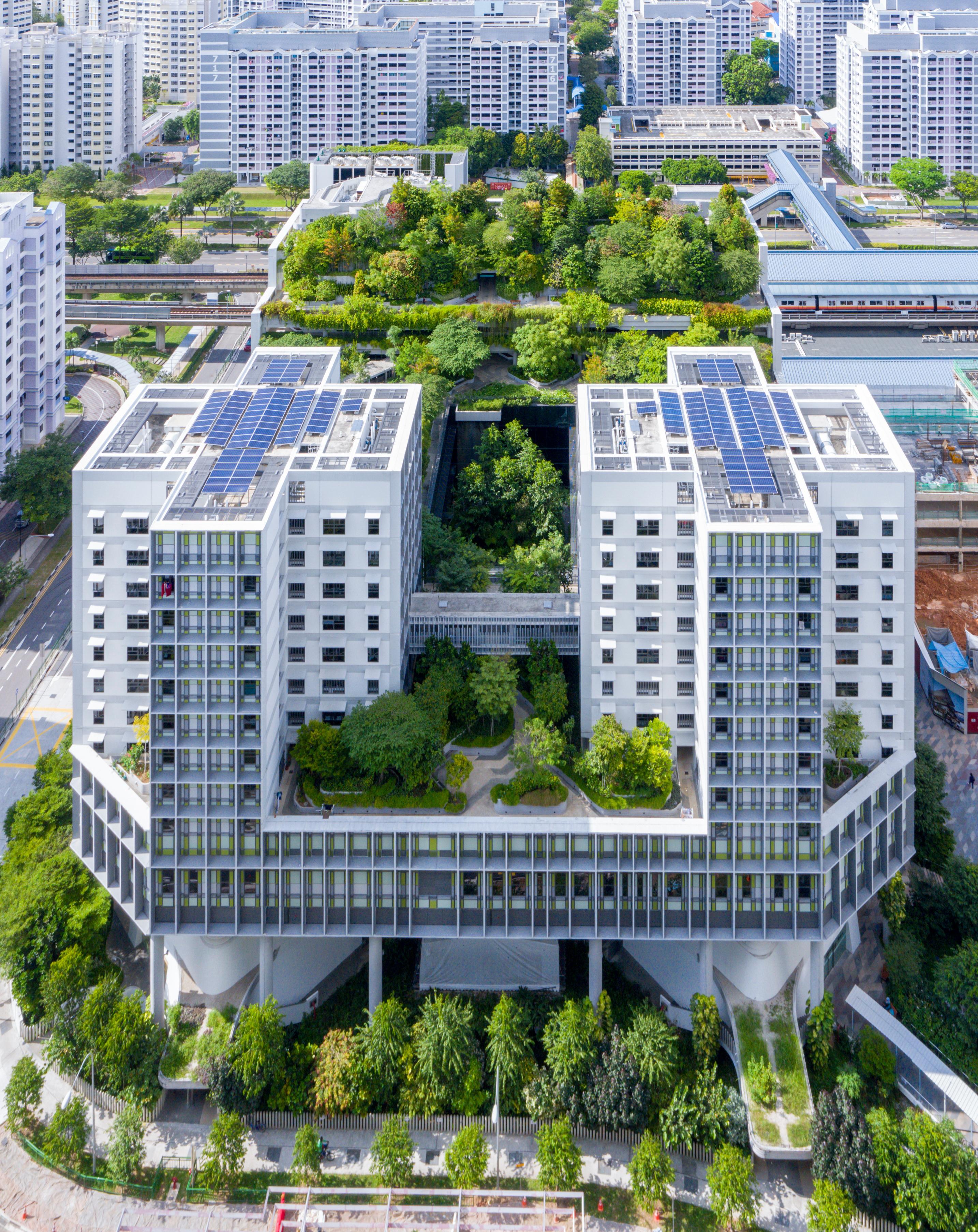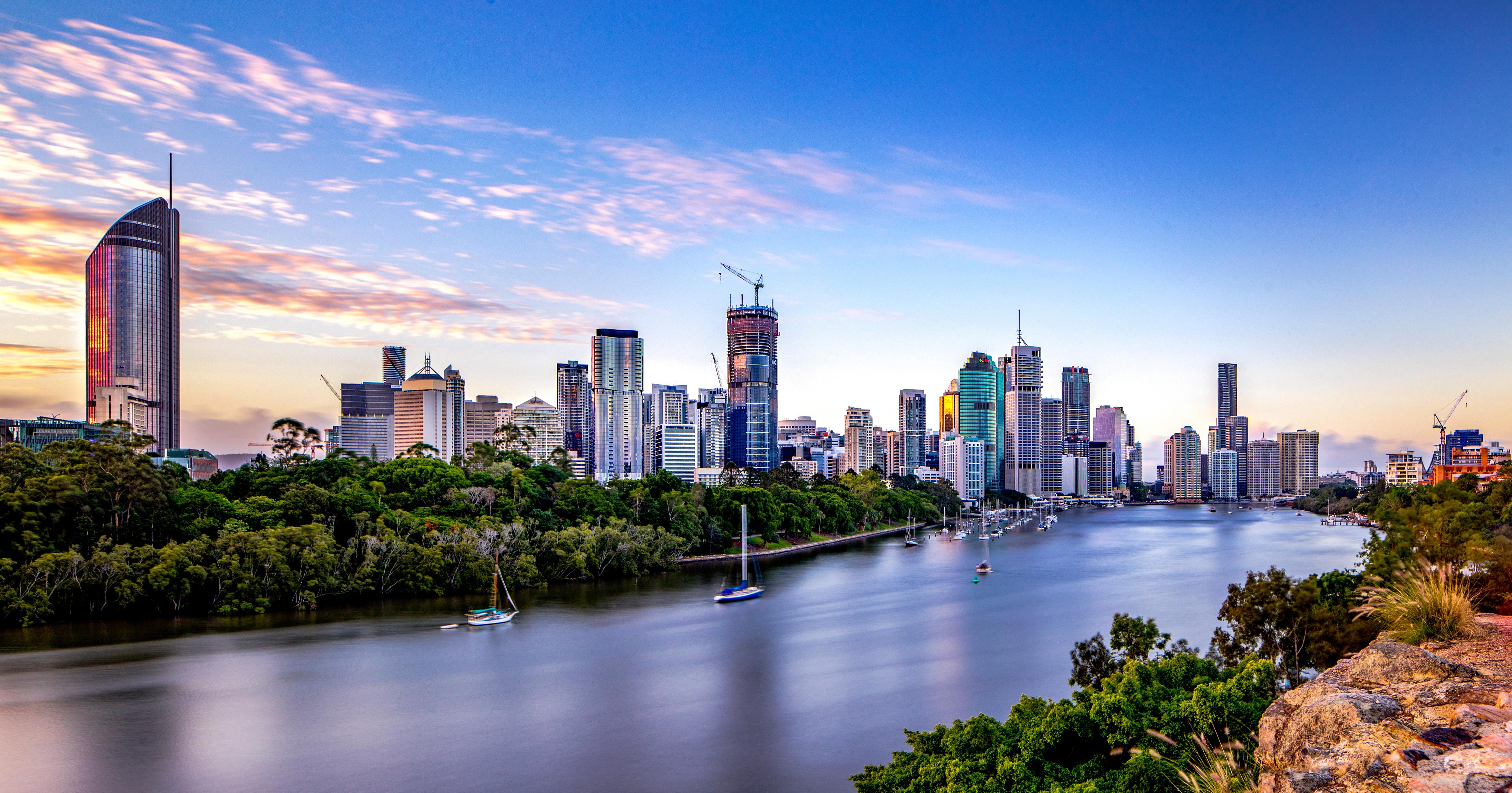
6 minute read
IT'S TIME FOR A COHESIVE APPROACH: GREENING OUR
By Andrew Kyriacou URBIS
The ability and desire for civilisations to grow gardens on fully human made structures is a practice as old as our first ever cities and one that is deeply engrained in our psyche. This will likely grow stronger and more potent as we move into a time where modern civilisation desperately tries to reconnect itself to nature in the deep grey core of our CBDs.
The abundance of gardens in our city core has always been a sign of excellence, modernity, and wellness of a people From the Hanging Gardens of ancient Babylonia to the sophisticated Roman City of Pompeii where archaeologists suggest that gardens occupied as much as one third of all constructions in the entire city centre. It is clear that this new type of human made landscape, one that grows over the buildings we create can be successful at a monumental scale and have a lasting legacy for a city.
This legacy of placing gardens on buildings continues today with the development industry in Queensland currently investing huge amounts of time and money into greening buildings with the states capital Brisbane being particularly active as residential and even office towers sport thousands of square metres of on-structure gardens (gardens on concrete slabs). Governments at all levels are continuing to push the green agenda making on-structure gardens part of development policy.
From my perspective looking across this landscape, despite the sexy architectural renders and excitement around the greening of buildings, there seems to be a real lack of cohesion as to how we best design, deliver and maintain gardens on buildings The current state of play within this type of niche landscape can be described as one that is full of opinions and circumstantial evidence that varies across the board from landscape architects to landscapers and even developers themselves. The truth of the matter is that there is no agreed, evidence-based set of standards for designing and delivering on-structure gardens. We are all currently doing what we’ve seen work without truly understanding the mechanics or science behind why it worked or why it failed.
There are so many complex factors that make up the success of a garden on natural ground which only get more polarised when creating gardens on concrete slabs that can be located anywhere from within a building, up the side of a building or on the crown of a building. The margin for error in these situations is drastically reduced. Working in these conditions requires a clear understanding of the fundamental elements for plant life and how to engineer them to suit specific needs - the most important being soil, light and water
5 key/critical considerations for successful on-structure gardens include:
1. Locate gardens for human interaction, not for decoration
2. Consider maintenance access and a plant replacement strategy
3. Start the procurement process early to allow for specific requirements such as lead times, sun, shade and wind hardening, size and weight
4. Construction programming. Doing whatever possible to limit the installation of plants whilst surrounding construction is still active reducing the risks of soil contamination, access issues for regular watering and plant suffocation from construction dust on foliage
5. Have an ongoing soil nutrition strategy in place
The soils we are using for on-structure gardens for the most part devoid of life. In the 80’s to solve the slumping issues we stripped any useful organics from the soil making it virtually lifeless There needs to be more of an emphasis on including mycorrhizal fungi into lightweight soils, creating the conditions for the relationship between plants and fungi to thrive which is one that forms the basis of all life on earth. When it comes to the depth and volume of soil required to grow happy and healthy plants on buildings, the opinions are so varied and disappointingly the scientific research is seldomly used to set the standards for depth and volume. When it comes to sunlight for plants, the research behind what amounts and duration of UV light different plant species need to photosynthesise and survive is for the most part so general that it does not have any true value in creating a garden that is made up of multiple species, all which have different UV requirements. It is all gut feel and a circumstantial evidencebased approach. Whilst for the most part, onstructure gardens are installed with sophisticated irrigation systems, unfortunately the supply of water required to sustain these gardens is not being future proofed On the driest continent on earth, we are still relying on town supply to water gardens that require an epic amount of water in order to survive There needs to be more of a balanced approach towards the number of gardens being proposed and the amount of rainwater being harvested to irrigate them sustainably.
Every step can be taken to design on-structure gardens for success using an evidence and science-based approach.
However, if the procurement, installation and maintenance methods are not as sophisticated as what is required for these highly engineered gardens, then the whole endeavour is doomed for failure. Many if not all the on-structure garden projects within the CBD are delivered by large building companies who are experts at building concrete, steel and glass buildings but have little to no understanding as to the nuances of these highly engineered gardens Unfortunately, the ‘growies’ on a building are not taken seriously during the process and succumb to poor outcomes largely due to construction programming issues, late procurement and the common practice of curing budget blowouts by tearing through the landscape budget, the sacrificial lamb.
As the Olympic host in 2032, our state’s capital Brisbane cannot afford to have a city of failed gardens when the worlds eyes are upon us. Ideally, there should be urgent action to organise the best minds across all relevant industries including landscape architects, soil scientists, horticulturalists, commercial growers, landscapers, structural engineers, hydraulic engineers, lighting experts, universities and more to embark on a joint venture with government towards creating a City Greening Strategy and Technical Standard - a document that Brisbane and other regional centres throughout Queensland can use to ensure all gardens on buildings are designed, built and maintained to the best possible standard. This could be developed not by one particular profession, but by a diverse collective of the most experienced and intelligent minds where research and development assist in refining a world class approach towards taking greening our cities seriously and turning renders into reality.



